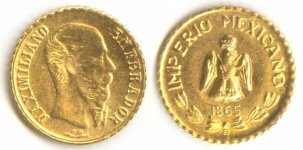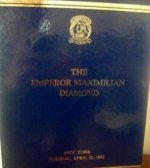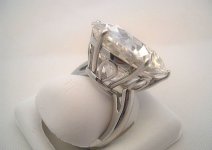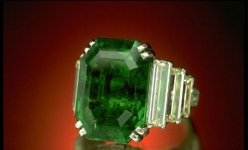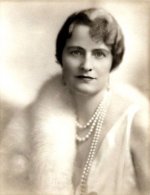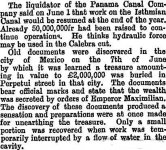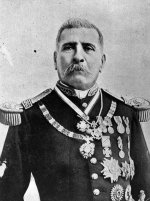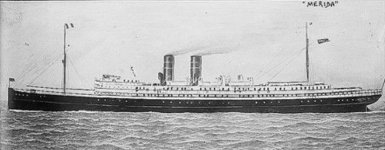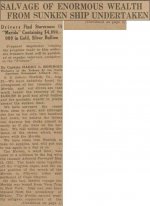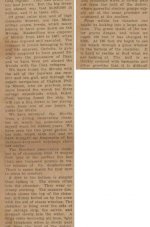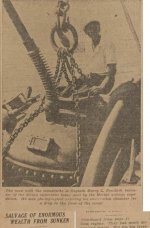bulletproof002000
Full Member
- Nov 5, 2019
- 117
- 411
- Detector(s) used
- Garrett AT pro, Garrett AT max
- Primary Interest:
- All Treasure Hunting
The Lost Treasure of Emperor Maximilian.
This legend is near and dear to me, because I have 640 acres of land in the area the treasure is supposed to be buried. The treasure is thought to be buried at King mountain in the castle gap. People have been hunting there for years, but nothing has been recovered.
Here is a link to the story.
The Lost Treasure of Emperor Maximilian - Mexico Unexplained
This legend is near and dear to me, because I have 640 acres of land in the area the treasure is supposed to be buried. The treasure is thought to be buried at King mountain in the castle gap. People have been hunting there for years, but nothing has been recovered.
Here is a link to the story.
The Lost Treasure of Emperor Maximilian - Mexico Unexplained



